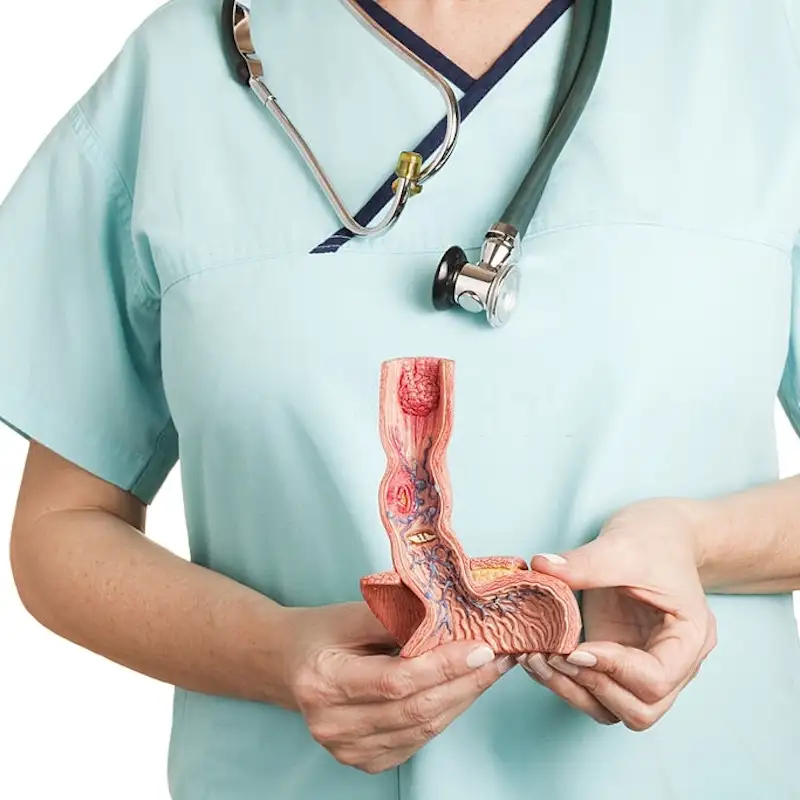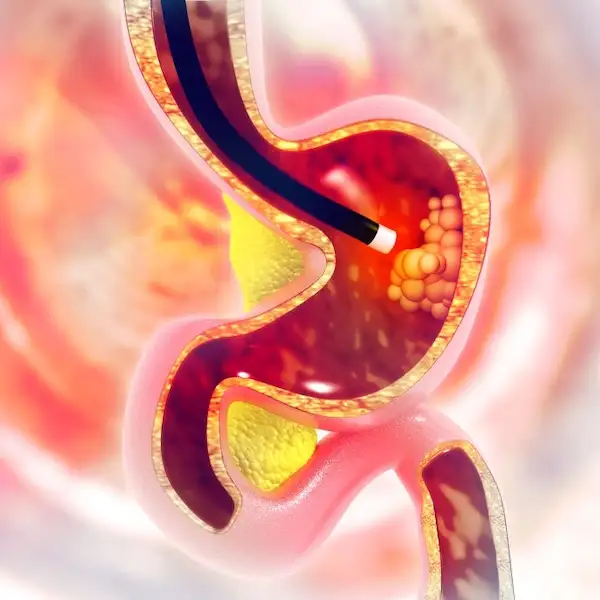Esophageal Manometry
Who Gets Esophageal Manometry?
The esophageal manometry test may be given to people who have the following conditions:
- Difficulty swallowing.
- Heartburn or reflux.
- Chest pain.
How Does Esophageal Manometry Work?
Your esophagus moves food from your throat down to your stomach with a wave-like motion called peristalsis. Manometry will indicate how well the esophagus can perform peristalsis. Manometry also allows the doctor to examine the muscular valve connecting the esophagus with the stomach, called the lower esophageal sphincter, or LES. This valve relaxes to allow food and liquid to enter the stomach. It closes to prevent food and liquid from moving out of the stomach and back up the esophagus.
Abnormalities with peristalsis and LES function may cause symptoms such as swallowing difficulty, heartburn, or chest pain. Information obtained from manometry may help doctors to identify the problem. The information is also very important for surgery to treat reflux.
What Happens Before the Esophageal Manometry Test?
Before you have an esophageal manometry test, be sure to tell the doctor if you are pregnant, have a lung or heart condition, have any other medical problems or diseases, or if you are allergic to any medications.
Can I Continue to Take Medication Before Esophageal Manometry?
There are some medications that may interfere with esophageal manometry.
- Proton pump inhibitors (Prilosec, Prevacid, Aciphex, Protonix, and Nexium)
- H2 blockers (such as Pepcid and Zantac)
- Antacids (such as Tums and Maalox)
- Calcium channel blockers (such as Procardia and Cardizem)
- Nitrate medications (such as Isordil and nitroglycerin)
- Beta-blockers (such as Inderal and Corgard)
- Caffeine
Can I Eat or Drink Before Esophageal Manometry?
Do not eat or drink anything eight hours before an esophageal manometry.
What Happens During an Esophageal Manometry?
You are not sedated during an esophageal manometry, although a topical anesthetic (pain-relieving medication) may be applied to your nose to make the passage of the tube more comfortable.
A small, flexible tube is passed through your nose, down your esophagus, and into your stomach. The tube does not interfere with your breathing. You are seated while the tube is inserted. The tube is connected to a machine that records the contractions of the esophageal muscles on a graph.

